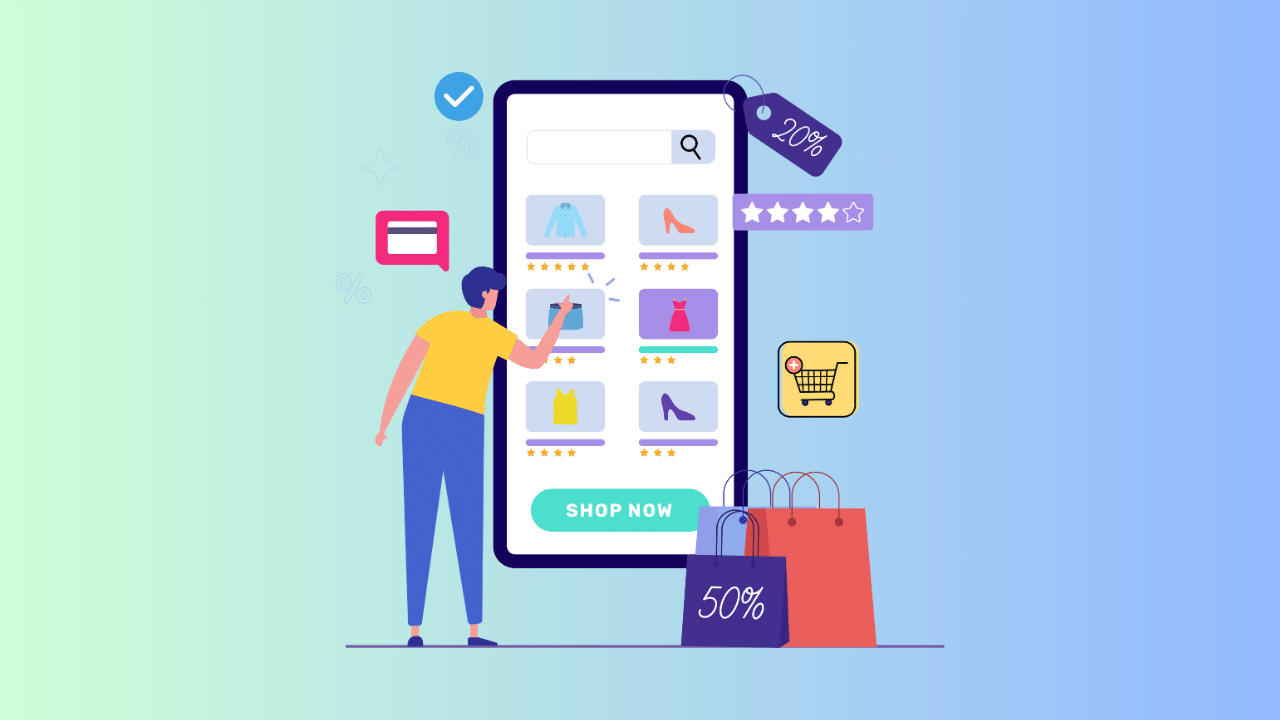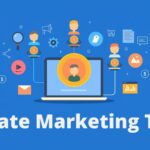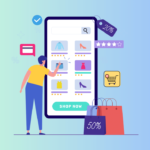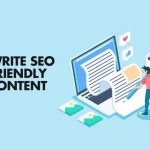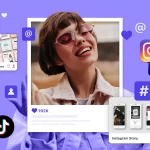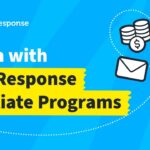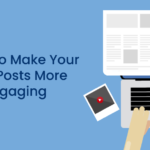Driving traffic to your ecommerce store without relying on paid ads is not only cost-effective but also a long-term strategy for sustainable growth. Whether you’re just starting out or looking to diversify your traffic sources, there are several organic methods you can use to bring visitors to your store. In this article, we’ll cover the top strategies to drive traffic to your ecommerce store without ads.
1. Optimize Your Website for Search Engines (SEO)
Search Engine Optimization (SEO) is one of the most effective ways to drive organic traffic to your ecommerce store. By improving your site’s visibility on search engines like Google, you can attract visitors who are actively searching for products like yours.
Steps to Improve SEO:
- Keyword Research: Identify the keywords your target audience is using to search for products. Tools like Google Keyword Planner or Ubersuggest can help you find relevant keywords.
- On-Page Optimization: Include primary and secondary keywords in your product titles, descriptions, meta tags, and headers. Ensure your product pages are well-structured, with user-friendly URLs.
- Optimize Images: Use descriptive filenames and ALT tags for product images to improve visibility in Google Images search.
- Mobile Optimization: Ensure your ecommerce store is mobile-friendly. Google prioritizes mobile-optimized websites in its rankings.
Example:
If you sell eco-friendly home products, optimize your site for keywords like “eco-friendly home decor” or “sustainable kitchen products.”
2. Leverage Content Marketing
Creating valuable, informative content related to your niche can drive traffic to your ecommerce store. Content marketing builds brand awareness, positions you as an industry expert, and improves SEO performance.
How to Implement:
- Start a Blog: Write blog posts that answer common questions, provide tips, or offer insights related to your products. For example, if you sell skincare products, create posts like “How to Build a Skincare Routine for Sensitive Skin.”
- Product Guides: Write detailed guides or tutorials on how to use your products. This not only drives traffic but also boosts conversions by educating potential buyers.
- Content for Social Sharing: Create shareable content like infographics, videos, or how-to guides that users can spread across social media platforms.
Example:
A clothing brand could write a blog post titled “How to Style a Sustainable Wardrobe” and link it back to product pages.
3. Utilize Social Media Marketing
Social media is a powerful tool for engaging your audience and driving traffic organically. Platforms like Instagram, Facebook, TikTok, and Pinterest offer multiple ways to showcase products and attract visitors to your store.
Strategies:
- Engage with Followers: Post regularly, respond to comments, and interact with followers. Build a loyal community by sharing user-generated content or featuring customer reviews.
- Collaborate with Influencers: Partner with micro-influencers or bloggers in your niche to promote your products. Influencers can drive traffic to your store through their organic reach.
- Create Shoppable Posts: Utilize features like Instagram Shopping and Pinterest Product Pins, which allow users to browse and buy directly from your posts.
Example:
A jewelry store can use Instagram stories to show behind-the-scenes footage of how their pieces are made, fostering connection and driving users to explore their website.
4. Email Marketing for Repeat Traffic
Email marketing remains one of the most effective methods for driving repeat traffic and increasing customer loyalty. By building a strong email list, you can regularly engage your audience and encourage them to visit your store.
Best Practices:
- Offer Incentives for Sign-Ups: Use pop-ups or banners to offer discounts, free shipping, or exclusive access in exchange for email sign-ups.
- Send Regular Newsletters: Keep your audience informed about new products, special offers, or sales events through weekly or monthly newsletters.
- Personalize Emails: Use segmented email campaigns to send personalized recommendations or reminders to customers based on their browsing history or past purchases.
Example:
An online beauty store could send personalized emails offering tips on skincare routines along with recommended products from their store.
5. Build an Affiliate Program
Affiliate marketing is a cost-effective way to drive traffic without investing in ads. With an affiliate program, you can partner with bloggers, influencers, or niche websites to promote your products in exchange for a commission on sales.
How to Set Up:
- Create an Affiliate Program: Offer affiliates a percentage of each sale they help generate. Provide them with unique tracking links and marketing assets.
- Reach Out to Bloggers and Influencers: Contact industry-related bloggers, influencers, or content creators who can promote your products in exchange for a commission.
- Track and Optimize: Use affiliate tracking tools to monitor the performance of your affiliates and optimize the program based on the best-performing partners.
Example:
A fitness brand could partner with fitness bloggers to promote their apparel, sharing unique affiliate links to track sales and drive traffic.
6. Focus on Customer Reviews and Word of Mouth
Word-of-mouth marketing is a powerful organic traffic source. People are more likely to trust recommendations from friends, family, or online reviews, making it essential to encourage customer feedback and testimonials.
How to Encourage Reviews:
- Request Reviews After Purchase: Send follow-up emails after a customer has received their product, encouraging them to leave a review.
- Offer Incentives: Provide a discount or reward for leaving a review or referring a friend.
- Highlight Positive Reviews: Showcase positive reviews and testimonials on product pages, social media, and your website to build trust with new customers.
Example:
If you sell handmade crafts, ask your customers to share photos of their purchases on social media, tagging your store for a chance to win a discount on their next order.
7. Optimize for Voice Search
With the rise of smart speakers and voice assistants like Siri and Alexa, optimizing your ecommerce store for voice search can help you attract a new segment of shoppers. Voice search queries tend to be longer and more conversational than typed queries.
Voice Search Optimization Tips:
- Focus on Long-Tail Keywords: Include long, conversational keywords in your content and product descriptions. Think about how people might ask questions verbally.
- Answer Common Questions: Create FAQ sections that address common customer queries, optimizing them for voice search.
- Ensure Fast Load Times: Voice search users are often looking for quick answers. Ensure your website loads quickly to keep potential customers engaged.
Example:
A kitchen supply store can optimize for voice search by including phrases like “best non-stick pans for cooking at home” in product descriptions.
8. Offer Exclusive Deals and Promotions
Promotions, discounts, and flash sales create a sense of urgency and encourage people to visit your store. Even without ads, offering exclusive deals can boost traffic.
Promotion Ideas:
- Limited-Time Offers: Promote flash sales or limited-time discounts to your email subscribers and social media followers.
- Seasonal Promotions: Align your promotions with holidays, special occasions, or new product launches.
- Loyalty Programs: Implement a loyalty program that rewards customers for repeat purchases, encouraging them to return to your store frequently.
Example:
An ecommerce store specializing in home decor could run a “Spring Sale” offering 15% off all new arrivals, promoting it via email and social media.
Conclusion
Driving traffic to your ecommerce store without ads requires a combination of SEO, content marketing, social media engagement, and a strong focus on customer relationships. By implementing these strategies, you can build a steady stream of organic traffic that grows over time and helps your store thrive.
Key Takeaways:
- SEO and content marketing are fundamental for attracting long-term organic traffic.
- Social media and email marketing help maintain engagement with your audience.
- Leveraging influencer partnerships, customer reviews, and affiliate marketing can significantly boost traffic without paid ads.
By focusing on these organic methods, you’ll not only reduce your reliance on paid advertising but also create a stronger connection with your audience, ultimately leading to more loyal customers and higher sales.
